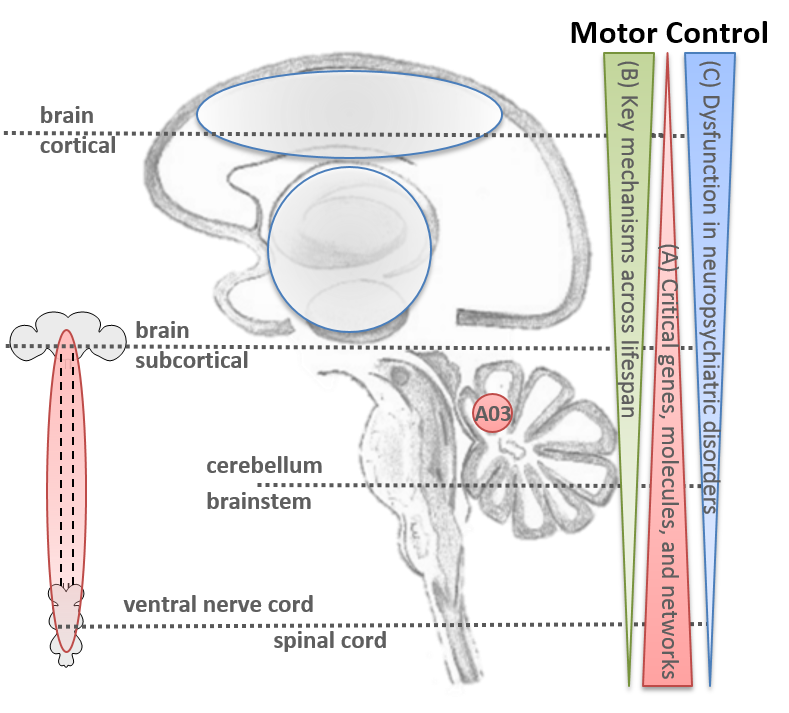junior research group
Sensorimotor ADAPtation
©bestber; Shutterstock

The populations of neurons in the spinal cord are critical for generating innate and conscious behaviors that enable animals to explore the environment, search for food, escape predators, and adapt to difficult situations. We have developed, and will continue to develop, advanced genetic approaches to target specific populations of neurons in the spinal cord and sensory ganglia and to study their function under physiological conditions and in disease. Understanding the role of each neuron type in sensory perception and motor execution during ethologically relevant behaviors is crucial to identify the causes of disease onset and its prognosis. This knowledge will be fundamental to identify the pathways needed to promote motor and sensory recovery in patients with neurodegenerative diseases or spinal cord injuries and to avoid the occurrence of side effects such as chronic pain, itching or spasticity.

©MedizinFotoKöln
Dr. Graziana Gatto
Jun.- Research – Group Leader
University of Cologne
Department of Neurology
Kerpener Str. 62
50937 Cologne
+49 (0)221 478-32028
graziana.gatto@uk-koeln.de

©MedizinFotoKöln
Sandrina Campos Maçãs
PhD
Thesis:
Dissecting the spinocerebellar and spinohypothalmic microcircuits

©MedizinFotoKöln
Ana Catarina Galvão
PhD
Thesis:
Dissecting the neural circuits for sensorimotor adaptation
